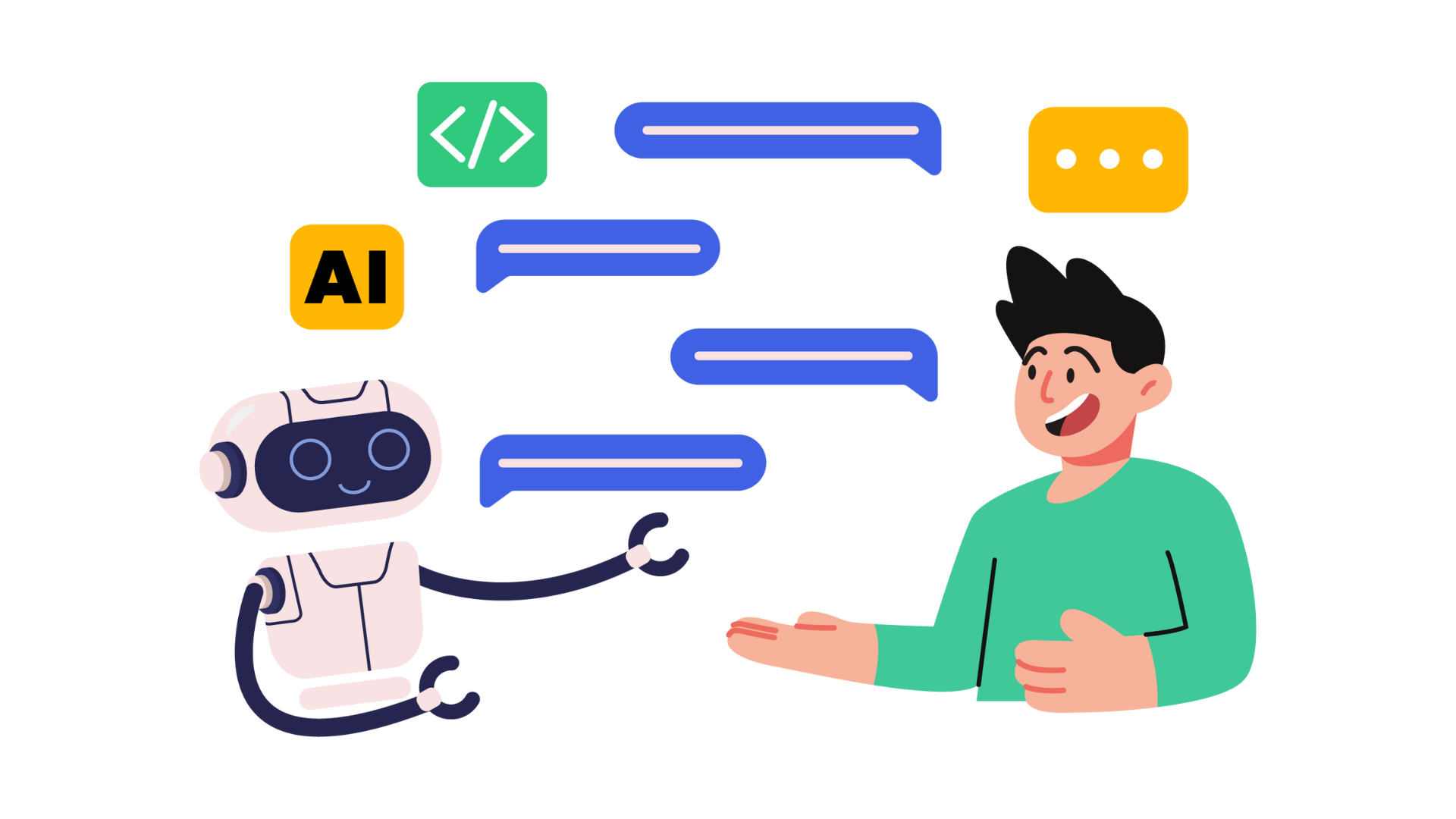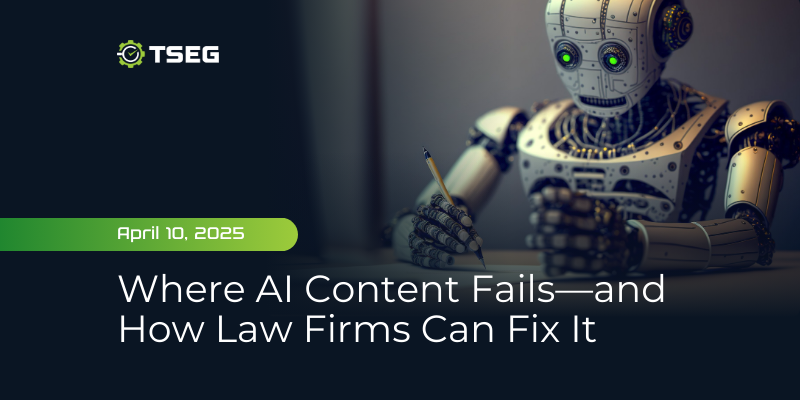Where AI Content Fails—and How Law Firms Can Fix It
Posted on Thursday, April 10th, 2025 at 4:56 pm
Fast Content Isn’t Always the Right Content
AI can crank out a legal article in minutes. That kind of speed looks like a win—especially for firms trying to fill content gaps quickly. But when you hand over the keyboard entirely to artificial intelligence, the results start to work against you.
The content may be grammatically correct and technically on-topic, but it’s missing the elements that actually convince someone to pick up the phone: trust, tone, and insight. It reads like a summary, not a conversation. And that’s a problem in an industry where credibility drives conversion.
Search engines are catching this too. Google’s latest updates reward content that reflects lived experience and real subject-matter authority. AI-generated posts, even the polished ones, often miss that mark.
Bottom line: speed doesn’t matter if the content fails to connect. AI can support your efforts—but when you let it do all the talking, your rankings and ROI pay the price.
AI Patterns That Push Clients Away
AI-generated content often looks polished on the surface, but once you start reading, patterns emerge. Paragraphs blur together. Transitions sound formulaic. The tone stays flat, even when the topic calls for clarity or persuasion. It’s content that goes through the motions, but doesn’t actually engage.
These are the most common problems:
Repetitive phrasing. AI circles back to the same point using slightly different words. Instead of moving forward, the writing spins in place.
Uniform sentence structure. Sentences follow the same rhythm and format throughout, which makes the writing feel dull and mechanical.
Awkward transitions. Words like “Furthermore” or “In conclusion” are placed where they don’t belong, disrupting the flow rather than improving it.
No point of view. Because AI pulls from existing material, the output often lacks originality. You end up with content that feels generic and forgettable.
For law firms, that kind of writing does more harm than good. Google’s ranking systems are designed to reward content that demonstrates real value and expertise. Posts that rely too heavily on AI signals tend to underperform—not because the tech is broken, but because it can’t replace insight, intention, or voice.
Use AI when it helps. But every piece of content should be reviewed, shaped, and refined by someone who knows how to speak to real people. Learn more about humanizing Ai content in our recent blog post.

Why Human Editing Drives Better Rankings—and More Cases
AI tools can generate a first draft quickly, but a draft isn’t what brings in cases. Without human editing, most content feels thin, repetitive, or disconnected from what potential clients actually need. That’s a problem—because Google can recognize it, and so can your readers.
Effective editing brings in the nuance that turns generic writing into something persuasive. A good editor understands how legal clients think, what search engines look for, and how to make your message land. That means improving clarity, refining language, removing distractions, and guiding the reader toward action.
These decisions directly affect how your site performs. Content that reflects your experience and speaks with intention ranks higher, keeps readers engaged, and drives more qualified leads to contact your firm.
How Law Firms Can Actually Use AI Without Losing Their Voice
AI can be helpful—if you treat it like a tool, not a writer. The best results come when it’s used to speed up the early stages of content creation, then handed off to someone who knows how to shape it into something that sounds like it came from your firm.
Here’s how law firms are using AI the right way:
-
First drafts and outlines. Tools like ChatGPT can help break through writer’s block or organize thoughts into a starting structure. It’s a great way to speed up planning—just don’t publish what it spits out without review.
-
Keyword integration. AI can help identify keyword opportunities and suggest ways to include them naturally. But the content still needs a writer to make sure it doesn’t sound like it was written for an algorithm.
-
Content repurposing. Older blog posts, FAQs, or case descriptions can be refreshed and restructured using AI. This is efficient—but only when someone reviews the output and makes sure it still reflects your current tone and legal strategy.
-
Idea generation. Stuck on what to write next? AI can help brainstorm headlines, angles, or client questions worth addressing. But deciding what’s worth publishing takes human judgment.
Used this way, AI can cut time and costs. But it’s the human editor—often a strategist, writer, or attorney—who brings the content to life and makes sure it actually speaks to potential clients.

TSEG Helps Law Firms Turn AI Content Into Real Case Growth
The goal isn’t to publish more content—it’s to sign more cases. That’s why how you use AI matters. When content feels flat, robotic, or repetitive, it doesn’t just lose the reader along with your ranking, your credibility, and your lead.
TSEG works with law firms that want more than surface-level results. We build SEO strategies focused on visibility, conversion, and real business outcomes. Our team uses AI to speed up certain parts of the process, but your content is always shaped by experts who know how to write for your audience and turn traffic into action.
Whether you need content that ranks for high-value keywords, answers the right client questions, or builds authority in your practice area, we’re here to help your firm get more return from every page you publish.
If you’re investing in content, it should be getting you cases. We make sure it does. Contact TSEG today.
